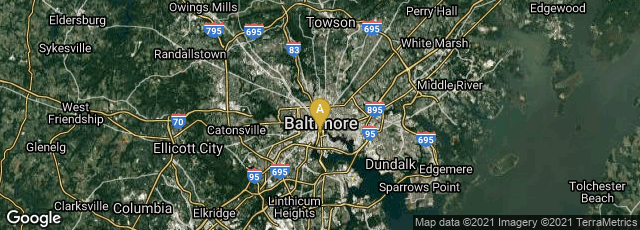

A: Baltimore, Maryland, United States
In 1975 Maurice Annenberg and Maran Printing Services of Baltimore, Maryland and Washington, D. C. issued Type Foundries of America and their Catalogues in a numbered edition of 500 copies. Annenberg believed that his history of American type foundries and their specimens, written by Annenberg and produced by his own printing company, was the first book in the graphic arts field typeset entirely from cold type rather than hot metal. According to the dust jacket flap, all its text was composed on the Mergenthaler V-I-P, variable input phototypesetter. This machine, which produced reproduction proofs from punched paper tape, was arguably the first completely successful competitor to hot metal typesetting machines such as Monotype. Annenberg reproduced a photograph of the V-I-P on p. 2 of his book.
The significance of Annenberg's assertion was that even though phototypesetting had been available since the 1960s, the quality of phototypesetting was generally not considered high enough by typographers until the mid-1970s for a book on graphic arts to be typeset entirely in cold type. The Mergenthaler VIP, launched in 1970, was considered a second generation phototypesetting machine because it did not use the mechanical technology of the original 1st generation phototypesetting machines that mimicked hot metal linecasters. The VIP used film negative type fonts to create images on photographic film or paper. It was the gold standard for commercial typographers until the Mergenthaler 202 was introduced in 1978. The 202 was considered a third generation phototypesetting machine since it used "digital fonts", before PostScript, and imaged the resin-coated (RC) photographic paper or film using a cathode ray tube as compared to film fonts imaged on the VIP.